PRIDE OF HARYANA: SULTANPUR BIRD SANCTUARY
By Shakti Bishnoi and AS Bishnoi
Sultanpur Bird Sanctuary
The state of Haryana in north India has two National Parks, eight Wildlife Sanctuaries, two Wildlife Conservation Areas, four Animal & Bird Breeding Centers, one Deer park and fifty herbal parks. All these are managed by the forests department. Wildlife and forest areas of Haryana are mainly situated in the foothills of Shivalik hill range in the north and the ancient Aravalli range in south Haryana.
Among its protected areas, Haryana boasts of having the world-famous bird sanctuary at Sultanpur very close to the Gurugram city. Initially designated as a bird sanctuary in 1972, Sultanpur was upgraded to a National Park status on 13th July 1989. Sultanpur National Park is spread over 142.52 hectares and is a wintering ground for numerous migratory birds. Visitors are allowed to park their vehicles at the entrance of the National Park and then enter by foot to observe and photograph the birds. So one can observe the birds in silence and peace.
Sultanpur National Park is just an hour’s drive from India’s capital. From the hustle–bustle of Delhi to the world of serenity and tranquility in Sultanpur is a big change and hence many visitors make a beeline to visit Sultanpur. When the fog in December started engulfing Delhi, we were encouraged to run away from the concrete jungle. Sultanpur sanctuary being the nearest gateway for exploring nature and since we both wanted our daughter to learn about nature and spend time in observing birds and their behaviour, we often visited the sanctuary on weekends from our house in Delhi. Most of the time we stayed overnight in forest guest house in the sanctuary to be with the wildlife. During such trips, we packed binoculars, cameras and winter ladoos (sweets)) made by my mother for our journey.
In our last trip, everything was like a dream. Fog was playing game of hide and seek. Fog was also adding magic to the entire landscape. We could appreciate the beauty of the birds with our eyes and that is our favourite way to learn about wildlife.
Nothing can replace the delight of waking up to the bird songs of migratory birds. So we had decided to stay in the forest rest house adjoining the Sanctuary. After our walk we headed for our room which shares the wall of the sanctuary. Our daughter loves to collect twigs in winter evenings and asked us to make a fire. We roasted sweet potatoes, potatoes, tomatoes and ate to our hearts content. Such small fires, carefully managed so that it cannot spread out of control, gives us heat in winter evenings and fills us with joy and creates lasting memories. After the day’s hardwork we slept as soon as we hit the bed.
Next day morning the sweet melodies of birds filled the air at dawn. Our daughter jumped out of the bed. Her enthusiasm was undiminished throughout the day. Soon we headed towards the watch tower as per our plan. Winter was showing its true colours, cool breeze was taking away heat from our body even though we were covered with winter clothing. Our daughter loves to dress according to characters that fancies her. In an earlier trip it was mowgli and now she was Bahubali from the famous film of that name. She was wearing white dhoti and agreed to wear jacket on top. With the silver ankle band, she was joyfully watching everything around her with utmost attention, the fog, trees, water, insects, fallen leaves, flying birds, sitting birds, swimming birds, chatting birds, sleeping birds, fighting birds, snacking birds, neelgai splashing water while running. Big battalions of cranes and great white pelicans surprised our daughter by flying with the huge body. She was constantly comparing her body size with the pelicans, painted stork and other large birds which were 20 metres away from us as if to know whether she can fly. I could see her alternately watching her body and the distant bird and smiling with joy. Visits to these nature parks like Sultanpur helps develop the curious minds of kids and I wish these can be mandatory features for kids of local schools.
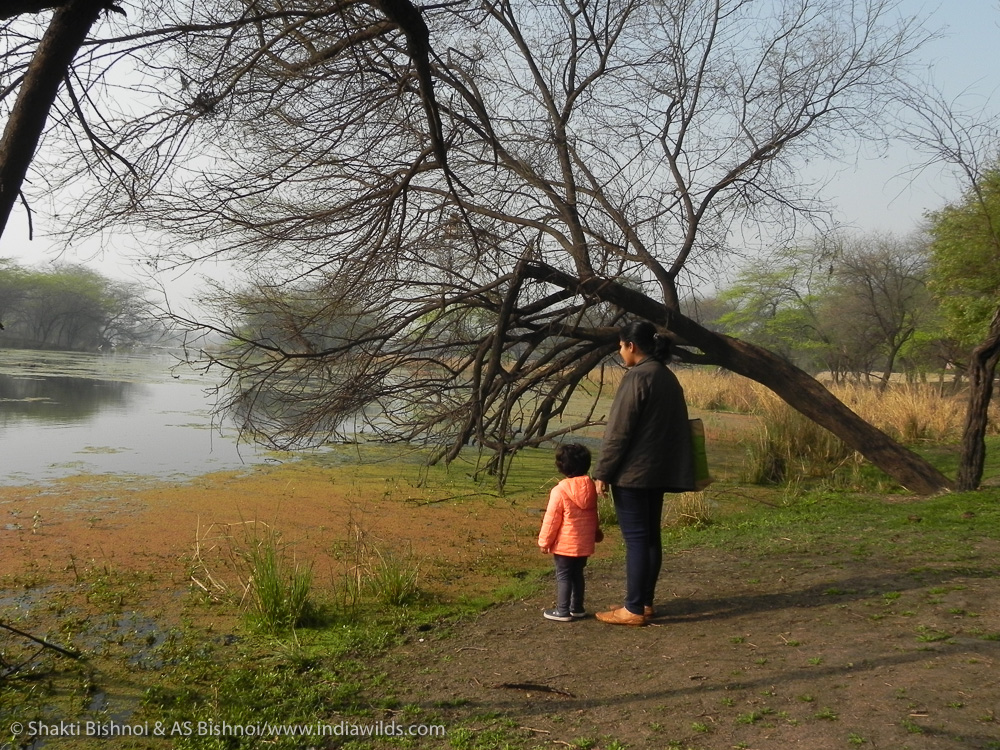
The arrowhead formations of Gargeny was wonderful in the fog playing peek-a-boo. Later they jumped splashing cold water on each other. The best part of being pelagic birds is waterproof wings. It reminds us of the power of creation. What is needed for survival is given to all living organisms whether animals or plants. Only humans have problem of accumulating things. And we forget to draw the line and continue to accumulate depriving other humans and other species.
If the water is deep enough on few areas in sultanpur jheel, the common pochards visits, as they are the diving rather than dabbling ducks. If you are lucky, you can also spot the ferruginous ducks. Both the species of geese, greyleg as well as the bar-headed geese visit Sultanpur. They are often spotted wandering the national park all night, and enjoying the morning sun by the lake.
Little stints chirping near the lake shores were enjoying the company of common red-shanks, sandpipers and white-tailed plovers. Large flocks of ruff use the water body only as a transit halt on their way further south, and then on their way back north in spring. South of the park is full of larks and wagtails, chasing insects. The acacia woodlands of Sultanpur National Park also play host to black redstarts, canary-flycatchers. During times of good rainfall, the sanctuary has recorded a headcount of around 20,000 birds from October–March, while in those years with scanty rainfall the figure did not even cross 3,000.
We heard Sarus crane call and were filled with joy. We soon started walking towards the northern side of the sanctuary as per the call. As we were nearing the cranes, the calls were becoming louder. And in a clearing, we saw red head shining with the first sun rays on a foggy winter day. Sarus crane pair is very popular in sultanpur jheel and nearby villages because it goes to the fields around the sanctuary. We could see it distinctly now standing more than 5 feet tall. They are the tallest flying birds in the world. Sarus crane was calling to each other very loudly, but great egret was standing still undeterred by their voices near them. It focused on its goal of catching fishes. Each bird gives us wonderful life lessons, but all we need is to observe them without causing disturbances.
What a sight it was to see them talking loudly with each other. Entire sanctuary was coming to life with their calls. We sat down to soak in the wonderful view of such a majestic creation of God. It made us feel contented with our life, having watched all the selfless creatures around us. We also understood how important it was for us to live in sync with nature.
We too are one of the creatures on this Planet Earth and blessed with tremendous potential to revive the planet we have been exploiting and destroying for centuries. And if we observe carefully, we humans will understand what is needed to be done. And we should do it, rather than wasting our time in futile conversations regarding the same.
We watched the mighty sarus crane for half an hour till they took flight. The Morning sun continued to give us warmth and our spirits soared as the cool breeze started giving us the simulated feel of flying in the open sky. We had a wonderful visit with some lovely sightings. The real feather in the sanctuary’s cap is the large number of rare species spotted this season, including the endangered Osprey, the Lesser Flamingos and even the Saker or Cherrug falcon.
As winter comes to an end, these esteemed avian guests start preparing for their journey back home. The atmosphere in the park changes considerably in spring (March–April). There are songs which reverberate in the jheel now would stop. As the return journey of gypsies starts, it looks like the interaction amongst them increases manifold, may be they were discussing the route map and plans ahead. The frequency of meetings increases and so is the duration as it appears that there are many heated discussions regarding departure dates and precautions to be taken based on the feedback given. It seems all are in hurry and there is an air of urgency. We feel migrants express heartfelt gratitude towards the resident birds for sharing their land, water and food. Resident birds were expressing how much they enjoyed their stories. Difference between a bird which will migrate and stay back is very simple. The ones who have put on weight will migrate and the ones with normal size will stay back. The birds starts dividing themselves in group like troops preparing for war for the final assault. The waterfowl practice sorties overhead, preparing for their journey back north. On the lakebed, the red-wattled lapwings and black-winged stilts want this to end quickly, as they are constantly calling loudly, circling around and showing signs of irritation. Sarus crane is nowhere to be seen as they have option to find peace in fields nearby. Some resident birds start targeting perfect places for nesting. Coppersmith barbet excavate nesting holes. Tailorbirds look for raw material to build a perfect nest to impress their counterpart. And the grey shrike with its eye mask looks around with its detective instincts to observe the territory. The birds starts their journeys and fly in large flocks in the sky. It’s a sight to see them so disciplined and systematic to cover the journey of hundreds of miles. Reminds us of the song a hundred miles ‘When you hear the birds fly … for hundred miles.”
Summer Commences
Summer commences in the month of May and lasts till the end of June. This is the time for the resident birds to enjoy relatively more open spaces and solitude. They now have responsibility to raise their chicks. Red-turtle doves start building their nest on the acacias. The lapwings and stilts still engage in space conflict. With the summer heat peaking, the denizens look forward to the onset of Monsoon season.
Rainfall (Monsoon)
July to September are Sultanpur’s most crucial months, for the amount of rainfall determines the extent to which the lake will remain filled in winter. The shortage of water can be reduced by bringing water from a nearby canal via a pipeline.
As the start of Monsoon and first Rainfall were forecasted on early hours of a Saturday morning, we headed for the sanctuary on Friday night to stay there to soak ourselves from a much-needed heavenly downpour on the next day. The first rainfall filled the sanctuary with the fragrance of wet soil and we just sat there without realising how three hours went by. Blades of new grass with shades of green were awake after summer break.
After scotching heat of four summer months the birds were not running away and hiding but, were perched on a place where they could get fully drenched. The state bird of Haryana, the black francolin was calling loudly in joy. By the end of September, the skies clear up and Sultanpur awaits the arrival of migratory birds once again. With all the responsibilities of nest building and rearing of chicks over, the sanctuary echoes with the constant chit chat of relieved birds.
Challenges
(a) Water: the water levels in the sanctuary is receding due to less rainfall. the low levels of water is a threat to lives of both migratory as well as resident birds.
(b) Real Estate Business: Because of real estate development and rapid urbanization, the area has been converted into concrete jungle, choking not only wildlife but humans too. Earlier as per the government guidelines, no constructions were allowed in the ESZ (Eco-sensitive zone) which was five kilometres around the sanctuary boundary, however now the ESZ has been reduced to only 300 meters. What has made the matter worse is a large number of illegal colonies that have sprouted around the area. Lot of residential school and rampant construction is happening as we write.
(c) Bunds Destroyed: The water embankments not only used to drain out the water but also brought rich silts into the region from the annual flooding in the Yamuna River.
Most of the bunds that have now become extinct were set up during the British times. The ones that are surviving continue to remain in a neglected state.
(d) Extinction of Ponds/Rise of Borewell: In over 460 ponds spread across Gurugram district, 208 have dried up, 186 are dirty. Even as there has been ban by the court on digging of bore wells, there are over 15,000 illegal bore wells that have been dug up in the city. In most of the areas in the city, the groundwater has fallen to levels of 50 meters. The alarming decline in water levels in the city will affect the Sultanpur Bird sanctuary unless replenished by regular rainwater and river. But that is not possible due to climate change and vagaries of the return monsoon.
(f) Pesticide: It is understood that agriculture fields surrounding area of Park, use pesticide for high yield to generate instant income from crop. Although there is demarcated boundary wall /fence to separate sanctuary from cultivable land. But for birds there is no boundary, they can fly outside the perimeter of park in search of food. These birds feed on seeds, insects, fish and grain. They often fly to agricultural fields nearby for food and this can led to poisoning and might kill them. Efforts should be made to minimize the usage of pesticide and farmers should be encouraged to go nature friendly.
(g) Climate Change(Global) and Pollution: We the humans are responsible for climate change and it’s time to accept it and take corrective measures on individual levels, household levels, community level and revive the bruised planet earth for our survival, else our time is up.
Covid-19 is the result of human greed. During the Covid 19 induced lockdown, the dominating human race had remained confined indoors and the skies had cleared up due to lack of air pollution, rivers had cleaned up due to lack of industrial effluents. It was a clear sign that nature can quickly heal if the destructive hand of man is removed. Scientists have found that there are many potent viruses buried under the permafrost which are coming out into open due to us and could cause future pandemics. We the human race should get signal that this is the beginning of our end, unless we take immediate steps to save our environment and wilderness places. We can still save our Planet Earth and ourselves if we think in a holistic manner and act.
- Ladakh: An Enchanting Landscape - 28 June,2022
- Changes observed during a decade long love affair with Chilika - 31 March,2022
- Journey to Leopard Country - 30 December,2021


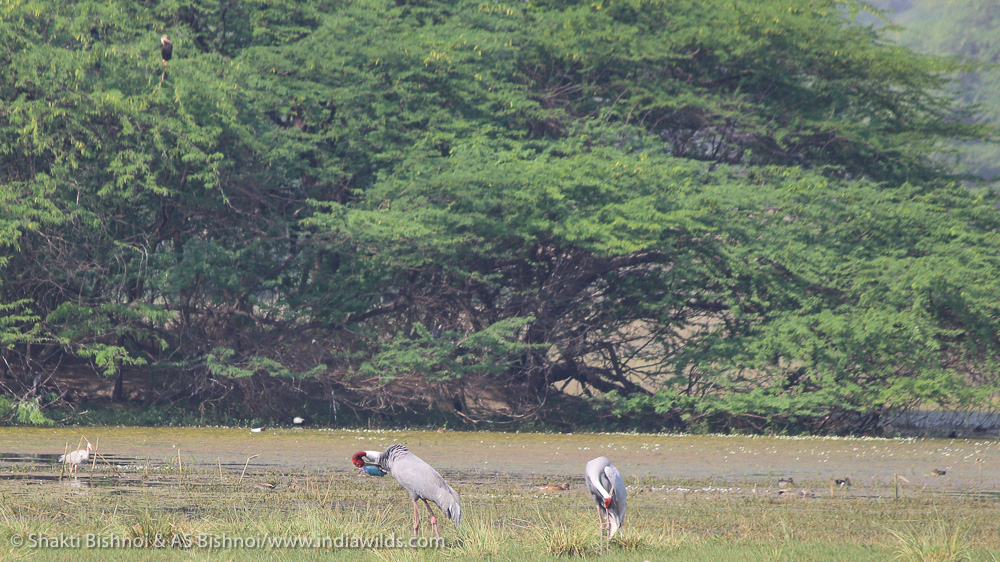
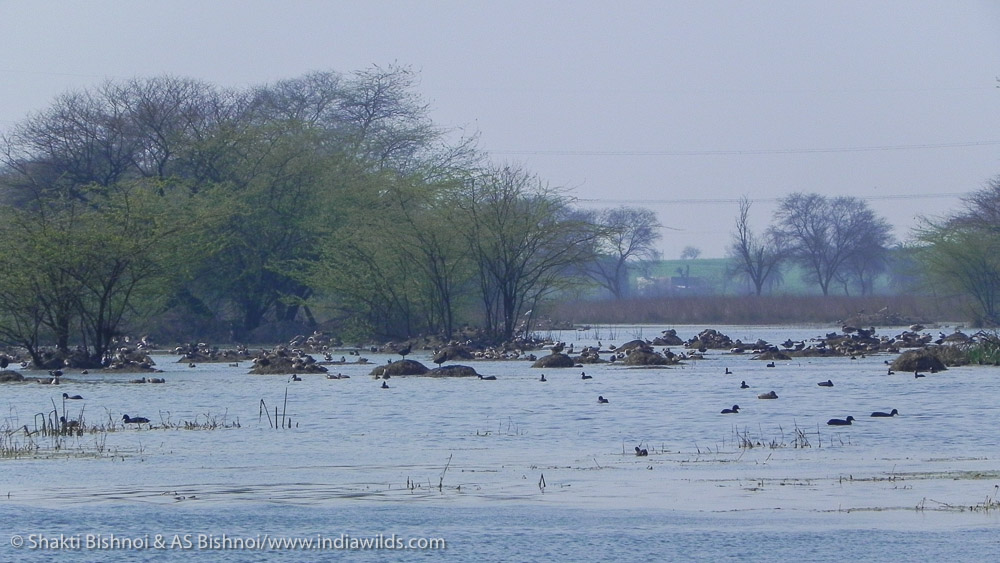
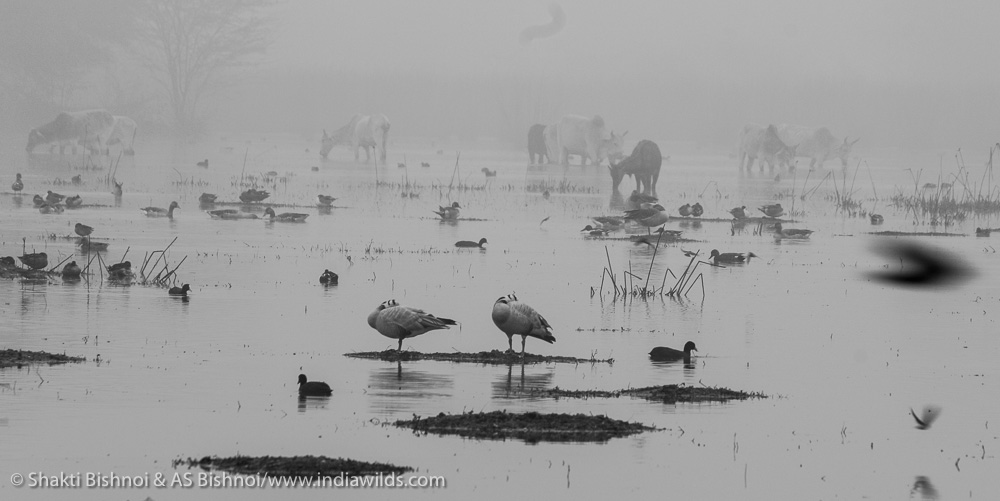
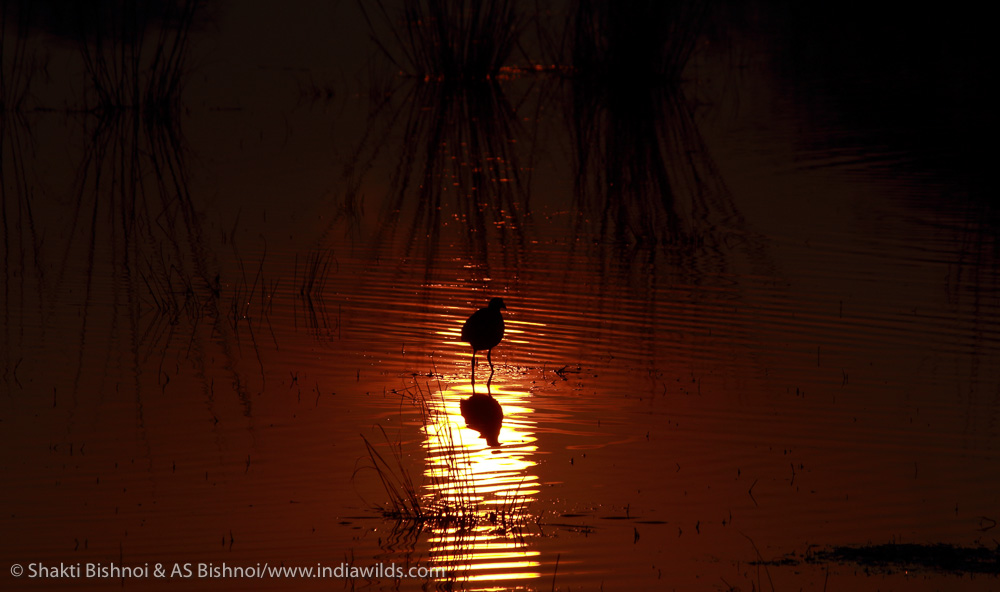
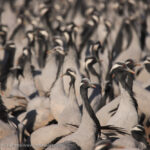

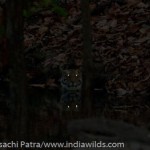




Leave a Reply